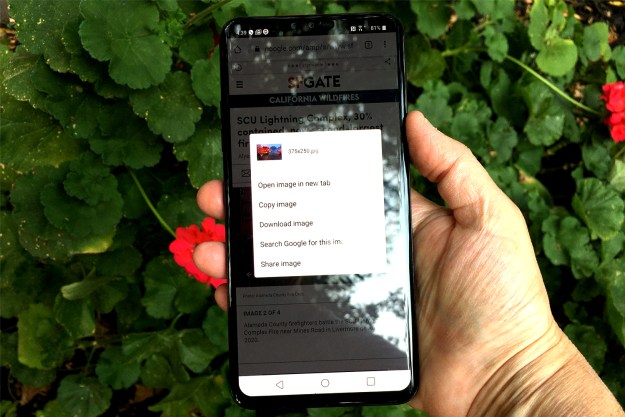Apple has just announced a new mobile payment service called Apple Pay that will allow iPhone 6 and iPhone 6 Plus owners to authenticate payments using Touch ID. Coupled with the NFC functionality in the new iPhone 6 models and the Apple Watch this means people can swipe their iPhone or Watch to pay for goods in store and scan their fingerprint to make secure purchases online.
Related: Want to know more about the iPhone 6 and iPhone 6 Plus? Read all about it here
Close to one billion people already have a credit card linked to an iTunes account. Through a partnership with big financial service providers like American Express, Visa, and MasterCard, Apple hopes to persuade more people to get onboard with the growing mobile payments industry. You can scan a credit or debit card using your iPhone camera and Apple will verify it, or use the one you already have linked to your iTunes account.
How it works
Using the updated Passbook app in iOS 8 people have the option to enable the payment system for in-store purchases and online purchases. Your payment information is encrypted and stored on the iPhone 6 or iPhone 6 Plus on a ‘Secure Element.’
This brings a new layer of security similar to chip and PIN, where the user is authenticated by something they have (the card) and something they know (the PIN). Using Apple’s system the something they have is the iPhone or Apple Watch and the something they know is their fingerprint via Touch ID.
Related: Apple Watch lets you pay for your latte with the flick of a wrist
For in store purchases where NFC terminals are in use people can tap their iPhone 6 or swipe their Apple Watch to pay. If they want an extra layer of security, instead of a PIN it will authenticate the user by asking for a fingerprint scan via Touch ID. It’s a secure and convenient system that should speed up the process. It also means that you aren’t giving your card number to the merchant because Apple is handling the transaction.
What is NFC?
Near Field Communication (NFC) has been around for years and it allows people to make purchases by tapping their smartphones or credit cards at special point of sale terminals. There are many NFC-enabled Android and Windows Phone smartphones on the market and big chains like Starbucks already allow people to pay for their coffee by tapping a card or phone. Disney is the latest company to update its stores with NFC terminals.
How to get it
The new service rolls out in iOS 8 as part of the updated Passbook app and so it will be available to new iPhone 6 owners from September 19 and for Apple Watch owners in the new year.
Related: iOS 8 opens the iPhone 6 up to mobile payments and Apple Pay
You’ll be able to use it at more than 220,000 merchant locations and Apple has partnered with retailers like Macys, Bloomingdales, Walgreen, Duane Reade, Staples, Subway, and McDonalds.
Apple Pay is also supported by a host of apps including Target, Groupon, Uber, MLB, and OpenTable. The API will be opened up to developers so we can expect more names to join that list soon.
Editors' Recommendations
- How to find your phone number on iPhone or Android
- AirTags range: here’s how far the tracker can reach
- Hurry! This Apple Watch just had its price slashed to $189
- What is NFC? How it works and what you can do with it
- Best iPhone 15 deals: How to get Apple’s latest iPhone for free


